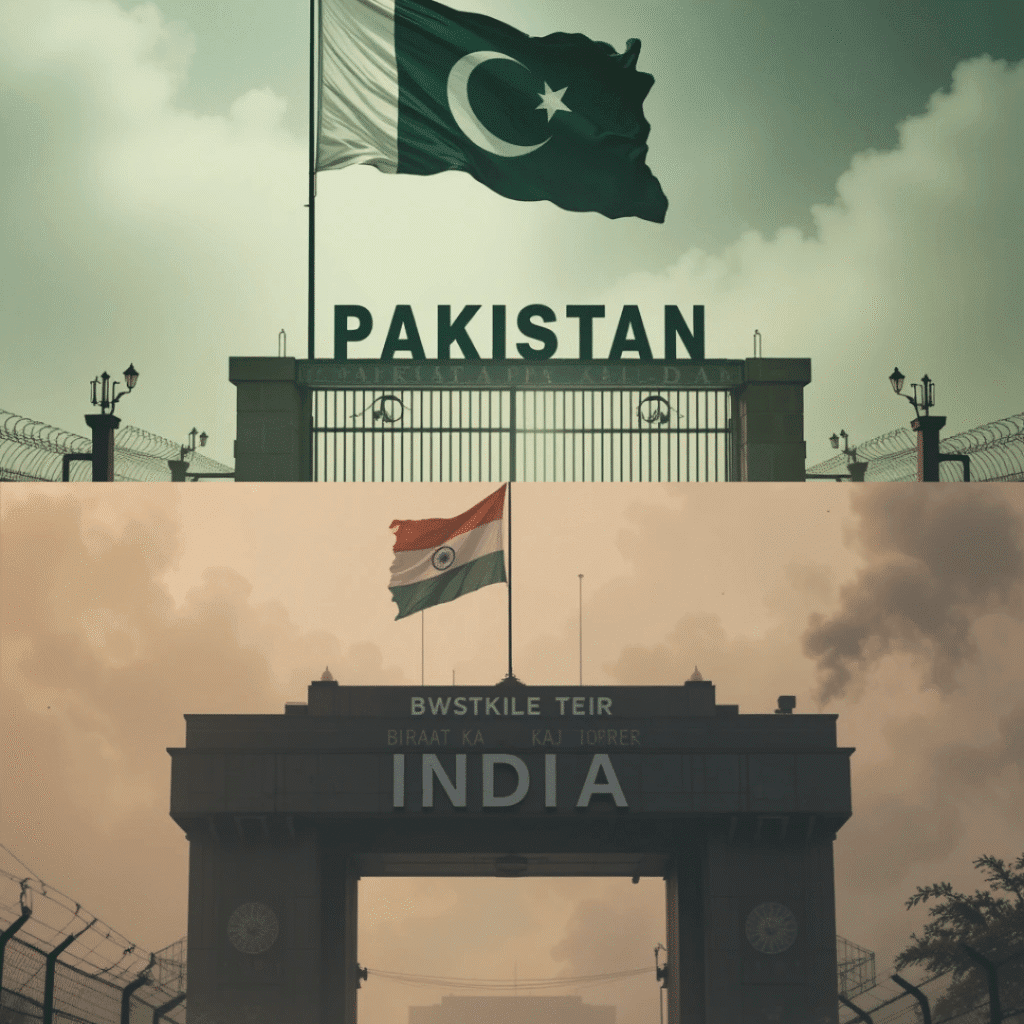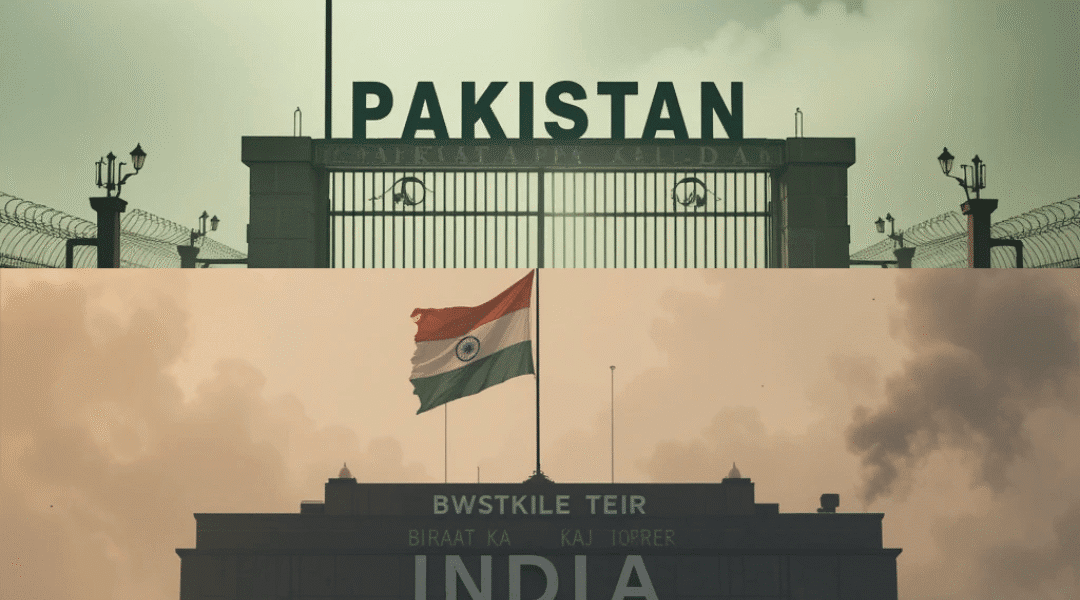India-Pakistan Border Tensions Resurface: A Delicate Balance in April 2025

In April 2025, the South Asian subcontinent once again found itself on the edge of escalating military tensions as Pakistan’s Defense Minister issued a statement warning about a possible incursion by Indian forces near the Line of Control (LoC). While such warnings have been part of Indo-Pak dynamics for decades, the timing, tone, and geopolitical climate surrounding the latest incident have drawn global attention.
Background: A History of Fragile Peace
India and Pakistan have shared a tumultuous relationship since their independence in 1947. The two nuclear-armed neighbors have fought three full-scale wars and several limited conflicts, most of them centered around the disputed Kashmir region. Over the past few years, both nations have tried maintaining a ceasefire along the LoC, but the trust deficit and unresolved political issues have kept the region volatile.
What Happened in April 2025?
On April 28, 2025, Pakistan’s Defense Minister publicly claimed that Indian military movements near the LoC indicated a potential limited incursion into Pakistani-administered Kashmir. According to Pakistani intelligence sources, there was an unusual build-up of Indian troops and machinery in the forward areas of Jammu and Kashmir. Although no formal skirmish occurred, the statement sparked diplomatic concern in Islamabad and beyond.
The Defense Minister’s address emphasized Pakistan’s preparedness to defend its borders, while also calling for international attention to what he termed “aggressive posturing” by India. India, on the other hand, dismissed these claims, calling them “baseless propaganda” aimed at diverting attention from Pakistan’s internal political instability.
Global Reactions and Regional Concerns
The international community, particularly the United Nations, the United States, and China, took note of the situation. UN spokespersons called for restraint and encouraged both nations to pursue dialogue instead of confrontation.
The United States Department of State issued a brief statement urging both India and Pakistan to “exercise maximum restraint” and maintain open channels of communication. China, a close ally of Pakistan and a regional power in its own right, expressed “concern” over the situation and emphasized the importance of peace in South Asia for regional stability and trade.
Media Narratives and Public Sentiment
Mainstream media in both countries reported heavily on the incident, albeit with contrasting narratives. In Pakistan, the rhetoric was focused on preparedness and sovereignty. Many local news outlets featured military analysts suggesting that India might attempt a “surgical strike” similar to the one conducted in 2016.
In India, the discourse revolved around dismissing Pakistan’s allegations as a “tactic” to garner international sympathy. Indian news media also highlighted the political timing of the statement, suggesting that it might be an effort to rally support within Pakistan amid rising domestic pressures.
Military Readiness Without Escalation
While the situation did not result in an actual exchange of fire or conflict, both militaries reportedly increased their alert levels. Border forces were placed on heightened readiness, and military intelligence operations intensified along the LoC.
Experts note that while this type of military posturing is not uncommon, it can often lead to accidental confrontations if not managed carefully. A single incident—be it a misfire or a patrol miscommunication—could potentially trigger a cycle of escalation that neither side truly desires.
Political Context: What Lies Beneath the Surface
Some analysts argue that the flare-up might have deeper political motivations. Pakistan is currently undergoing political instability, with upcoming general elections and public dissatisfaction with governance and inflation. By raising the threat of external aggression, political factions may attempt to unite public opinion and divert attention from domestic problems.
Similarly, in India, nationalist narratives have often proven effective in electoral politics. With state elections approaching in key regions, a strong military stance—even if only rhetorical—can bolster the ruling party’s image as a protector of national integrity.
Impact on Civilians and Cross-Border Communities
Whenever such military tensions arise, it’s the civilian population in the border areas that faces the most anxiety. Residents in towns close to the LoC often face displacement, economic disruption, and the constant fear of cross-border shelling.
NGOs working in the region have raised alarms about the psychological toll of living in a perpetual state of uncertainty. Schools are disrupted, agricultural work becomes dangerous, and access to healthcare is often cut off when military operations intensify.
Conclusion: A Wake-Up Call for Diplomacy
The April 2025 military tension between India and Pakistan may not have escalated into a full-blown conflict, but it serves as a sharp reminder of how fragile peace can be between two nuclear-armed neighbors. It also underscores the importance of sustained diplomacy, confidence-building measures, and the need for international actors to play a proactive role in de-escalation.
Both nations owe it to their people—and to the broader South Asian region—to avoid unnecessary conflict and invest in long-term peace mechanisms. Strategic patience, transparent dialogue, and mutual respect for sovereignty must form the core of future engagement.




